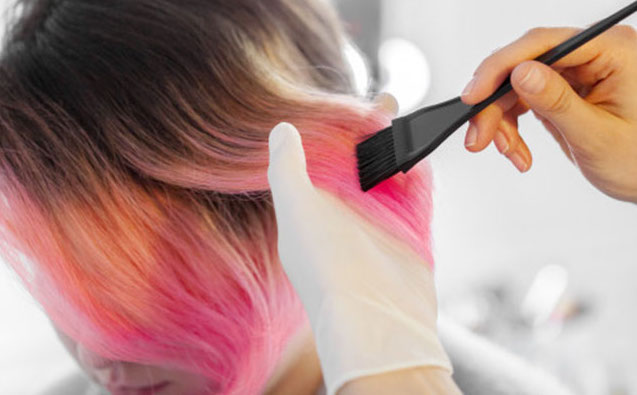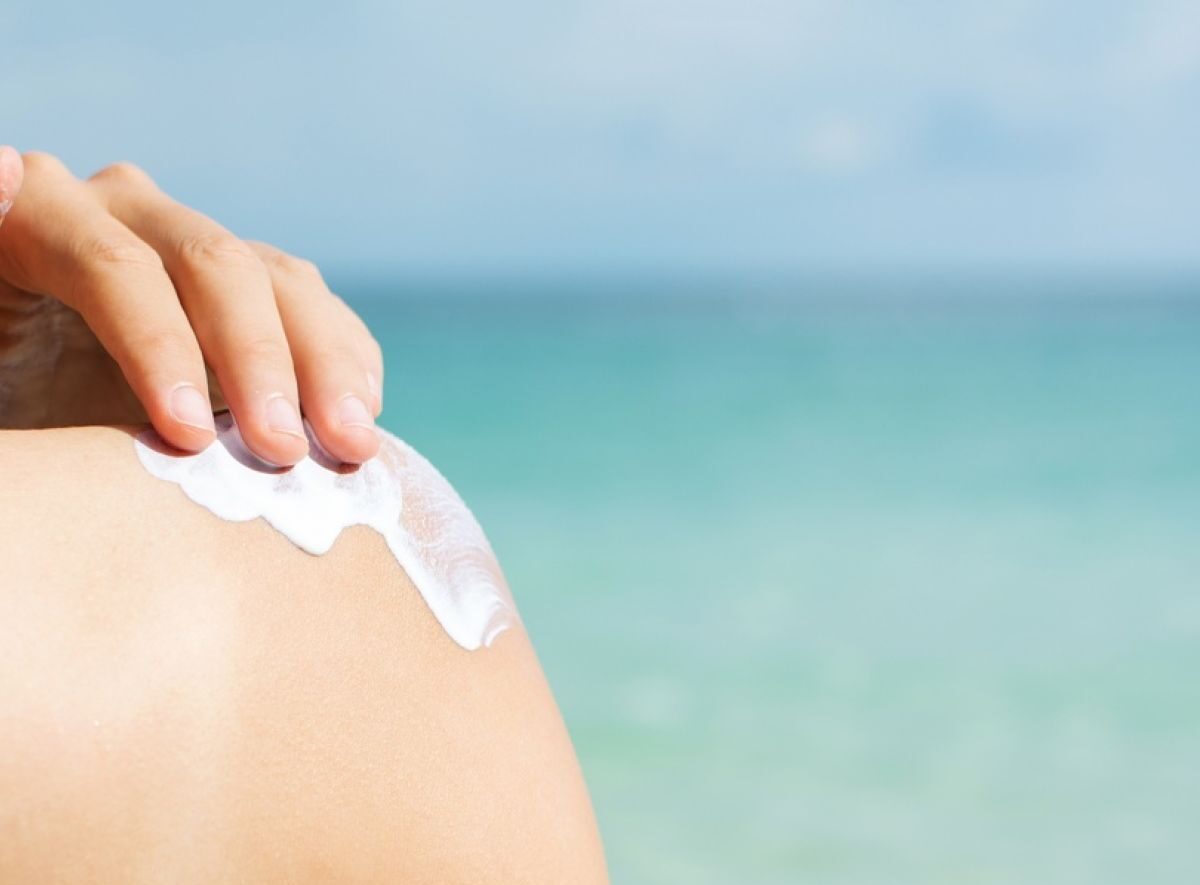BACKGROUND
Vitamin A is a group of lipid-soluble compounds that includes Retinol, Retinyl Palmitate, Retinyl Acetate, Retinyl Linoleate and Retinal. This vitamin is an essential micronutrient for most mammalian species, taking part in vision, immunity and embryo development, among others. Retinol (CAS number: 68-26-8 /11103-57-4), Retinyl Palmitate (CAS number: 79-81-2) and Retinyl Acetate (1CAS number: 27-47-9) are used as skin conditioning agents in cosmetics and personal care products.
In 2016, the European Commission’s Scientific Committee on Consumer Safety (SCCS) issued an opinion on Vitamin A (Retinol, Retinyl Acetate, Retinyl Palmitate). The teratogenic potential of Vitamin A and effects on liver and skin were considered the most critical toxicological endpoints. The SCCS concluded that Vitamin A (Retinol, Retinyl Acetate, Retinyl Palmitate) at a maximum concentration of 0.05% (of retinol equivalent, RE) in body lotions is per se safe. The SCCS also considered that Vitamin A (Retinol, Retinyl Acetate, Retinyl Palmitate) at a maximum concentration of 0.3% RE for example in hand cream, face cream and leave-on and rinse-off products per se is safe. Simultaneously, baby skin care products, like body lotions and creams, containing Vitamin A (Retinol, Retinyl Acetate, Retinyl Palmitate) were considered safe for 1–3-year-old children. However, the cumulative exposure to Vitamin A (Retinol, Retinyl Acetate, Retinyl Palmitate) from sunscreen products, derivatives of Retinyl Linoleate and Retinal, exposure from sources other than cosmetic products, were not included in the SCCS opinion. Yet, the SCCS recognized that population’s overall exposure to Vitamin A (Retinol, Retinyl Acetate, Retinyl Palmitate) can be significantly higher, especially because the most important source of Vitamin A is usually diet (followed by supplements and cosmetics).
WHAT’S NEW?
After novel toxicological data regarding aggregated exposure to Vitamin A from cosmetics, diet and supplementation, and the contribution of cosmetic Vitamin A to the overall exposure to Vitamin A, the SCCS issued a revision of the opinion on October 2022. The SCCS concluded the following:
- Regarding the contribution of cosmetic products to the overall/total exposure to Vitamin A, the SCCS considers that there are inconsistencies in model calculations. The probabilistic assessment regarding the contribution from food and food supplements shows that the exposure to Vitamin A of the most exposed consumers (5% of the total population) may already exceed the upper limit. Compared to food, the contribution of Vitamin A from cosmetics is lower. However, this can be a concern for consumers with highest exposure (5% of the total population) to vitamin A derived already derived from food and food supplements.
- Regarding the updating of the maximum concentration limit for the different categories of cosmetic ingredients, the SCCS considers that cosmetics alone do not exceed the upper limit imposed for exposure to Vitamin A and contribution of different exposure sources is a risk management issue and cannot be addressed at the level of risk assessment. In this way, the SCCS cannot suggest maximum concentration limits that take into account contributions from other sources like food and food supplements.
References:
1. SCCS (Scientific Committee on Consumer Safety), revision of the scientific Opinion (SCCS/1576/16) on vitamin A (Retinol, Retinyl Acetate, Retinyl Palmitate), preliminary version of 10 December 2021, final version of 24-25 October 2022, SCCS/1639/21.














